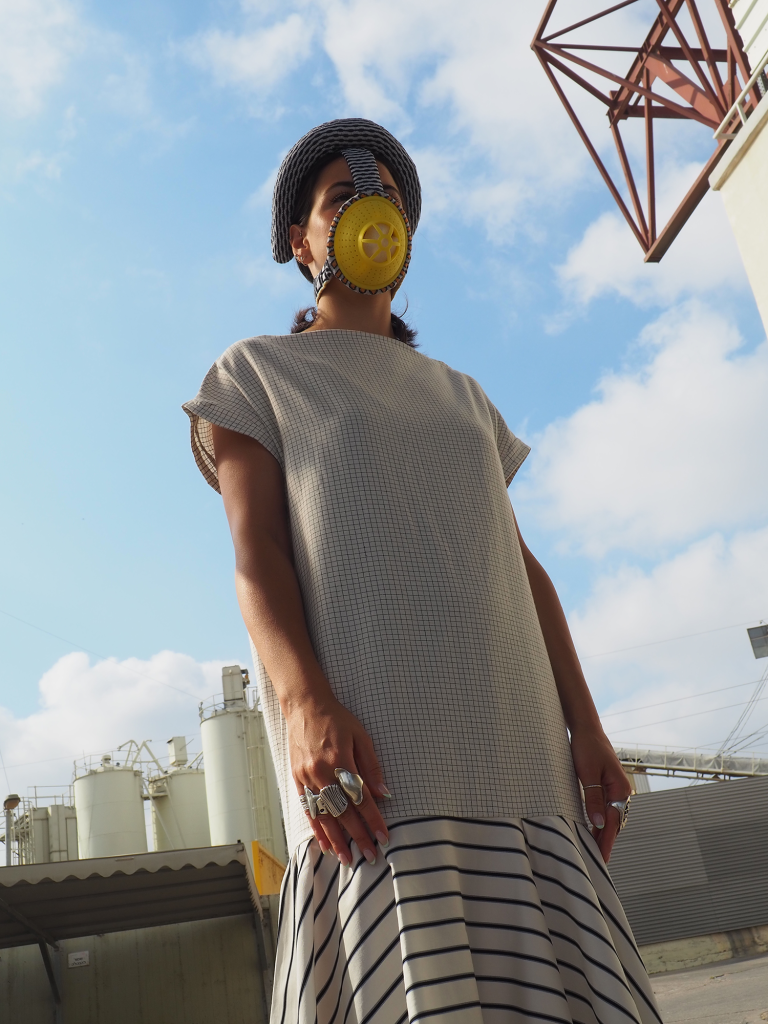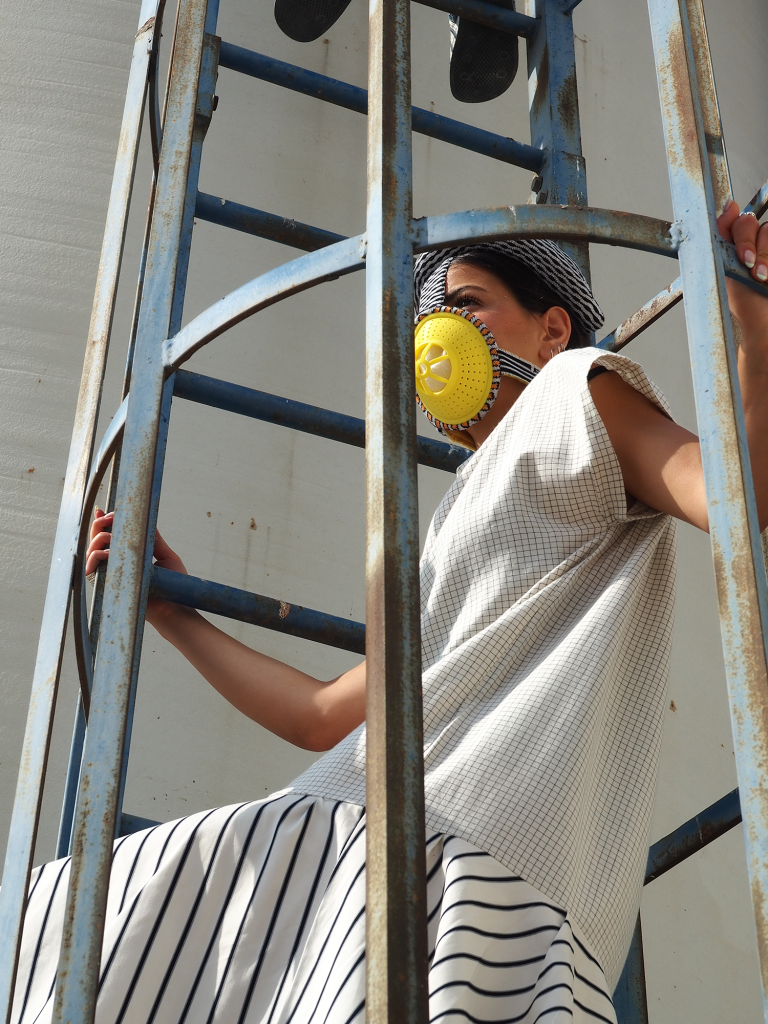Over the last year, we have acquired several artefacts that discuss how the impact of the pandemic and wider socio-political subjects have inspired the creation of some remarkable works of art, craft and design that reflect these times. Sarah Rothwell, Senior Curator of Modern & Contemporary Design, kicks off our mini-series with a look at objects linked to climate change.
Throughout history, artists, designers and makers have responded to, and been inspired by, global changes within politics, society and the environment, producing works that are symbols of the period in which they were created. Imbued with narratives that express our fears and hopes. Warnings and celebrations. Or are simply a commemorative object providing a visual reminder of what has transpired for those who come after.
As a Museum, we do not only look to preserve the historic, but also to reflect the present. We make strategic acquisitions that are intended to be a guide for future generations to understand this moment in time. I don’t know about you, but it has been said to me more than once over the last year, that these are truly remarkable times we are living in. So, the works of art, craft and design that are selected for the Museum’s collection should reflect the changing developments in society and politics which are pertinent to this generation. Discussing subjects such as climate change, communication, consumerism, representation and sustainability.
It’s early November 2021, and 197 countries have come together in Glasgow for COP26 to discuss their commitment towards reducing climate change. We are all witnessing extreme weather conditions, from heat waves to flash flooding, as a result of humanity’s encroachment upon nature through our industrial activities and societal expansion. So, it feels poignant for me to start this series off with a work by a young designer whose practice is centred around educating and bringing to the fore discussions on climate change.
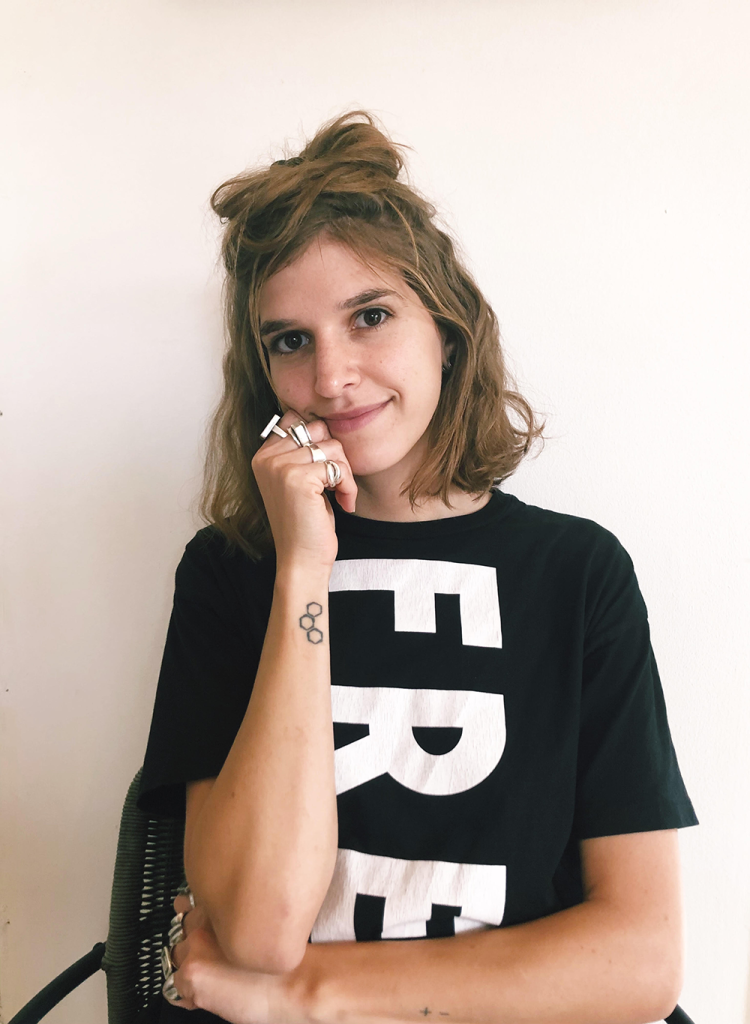
May Bar Levav is an emerging Israeli textile designer whose environmentally conscious project Air We Wear explores issues around climate change and how it is impacting individuals and communities across the world. Though the project was conceived just prior to the emergence of COVID-19, due to the global pandemic making the wearing of masks a necessity rather than an option, May’s work took on new significance last year. With the need to protect ourselves not only from harmful airborne pollutants, but also a deadly pathogen.
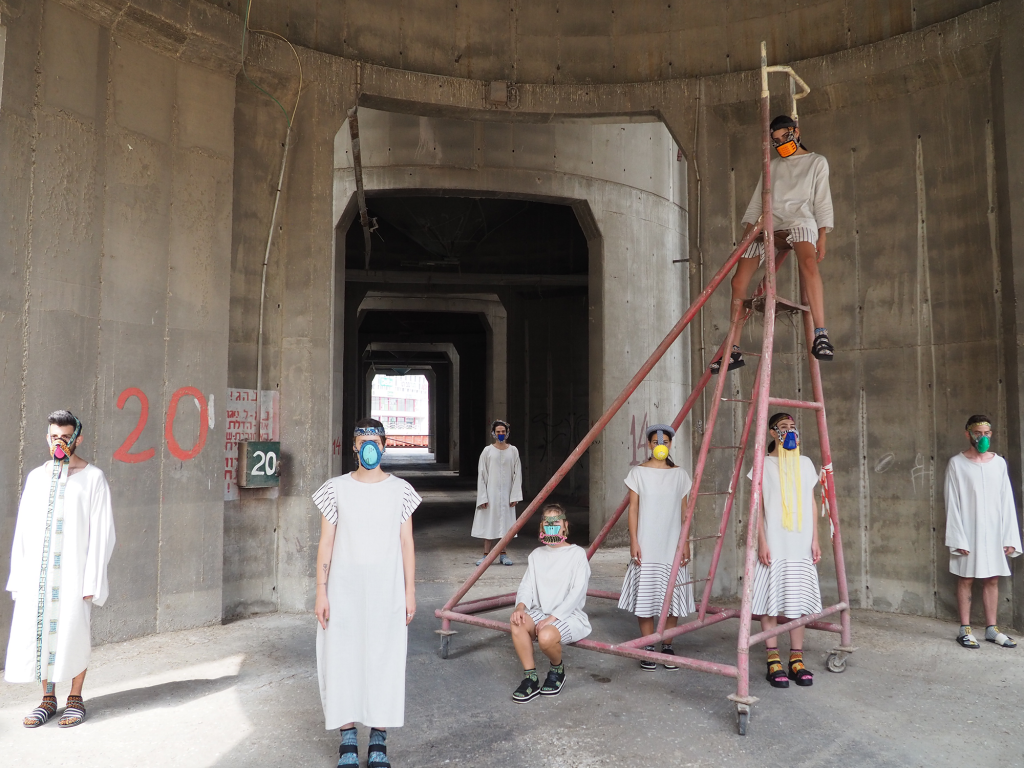
May was initially concerned about the high levels of air pollution that she was experiencing when commuting by bicycle in the built-up urban environments of her home city of Tel Aviv. This made a face covering a necessary part of her daily wardrobe, so May responded by creating a series of masks that would not only be safe but also empower the wearer to visually align themselves with green and socio-political values. Each of her Air We Wear masks has its own individual narrative centred around global climate change issues, from forest fires and oil spills, to the increase of ocean plastic.
Recently acquired by the Museum, May’s Indy Rebich ‘Industrial Revolution’ mask represents her concerns about the potential of a global pandemic due to the loss of natural habitat through increased human habitation and industrialisation. Ironically predicting what would soon transpire and become a global crisis. May believes that, even after the pandemic, masks will continue to be worn as a preventive measure for years to come.
“I started working on my project even before the outbreak of the coronavirus because the desire to find an effective and convenient solution for wearing a mask and protecting against air pollution among people who move around the cities was powerful and got me started. I cannot explain how important and inspiring it is that people with the ability to convey messages in a verbal, artistic or design way work for important change, and talk about the fact that the pandemic is not our main problem, but humanity and our incessant harm as human beings on nature is.”
May Bar Levav, 2021
May’s masks act as a billboard of sorts, so her material choices are carefully considered to reflect her green ambitions and statements. Where possible, her masks are all made from natural materials that are sustainably produced. This was important to May, as the majority of current PPE masks and products that are commercially available are not sustainable. They are made from environmentally harmful single-use plastics. These often can’t be recycled and end up in overflowing landfill sites or clogging our waterways through careless disposal by wearers.
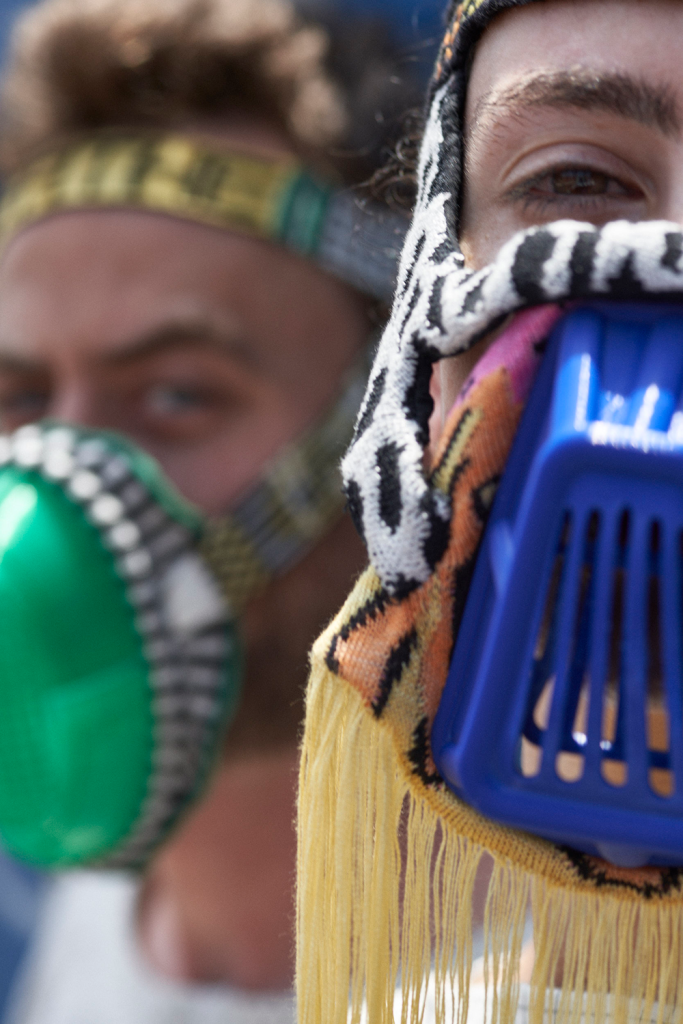
The textile frames of May’s masks are machine-knitted with a knitting structure that combine aloe vera fibres and Tencel. The latter is a newly developed fibre derived from eucalyptus cellulose. Both are hypoallergenic and prevent bacteria accumulation on the fabric due to their ability to reduce absorption of air and facial humidity.
The filter holders are 3D-printed PLA (a corn-based plastic). The filters themselves are created from sheep’s wool, known for its antibacterial qualities. They are also 100% biodegradable.
In wearing a mask, new forms of communication can be found to express an individual’s views and ethics on green politics. As such, May’s Indy Rebich mask is a powerful visual symbol of what we have all faced, as well as the changes that still need to be addressed in terms of how our society interacts with the planet.


